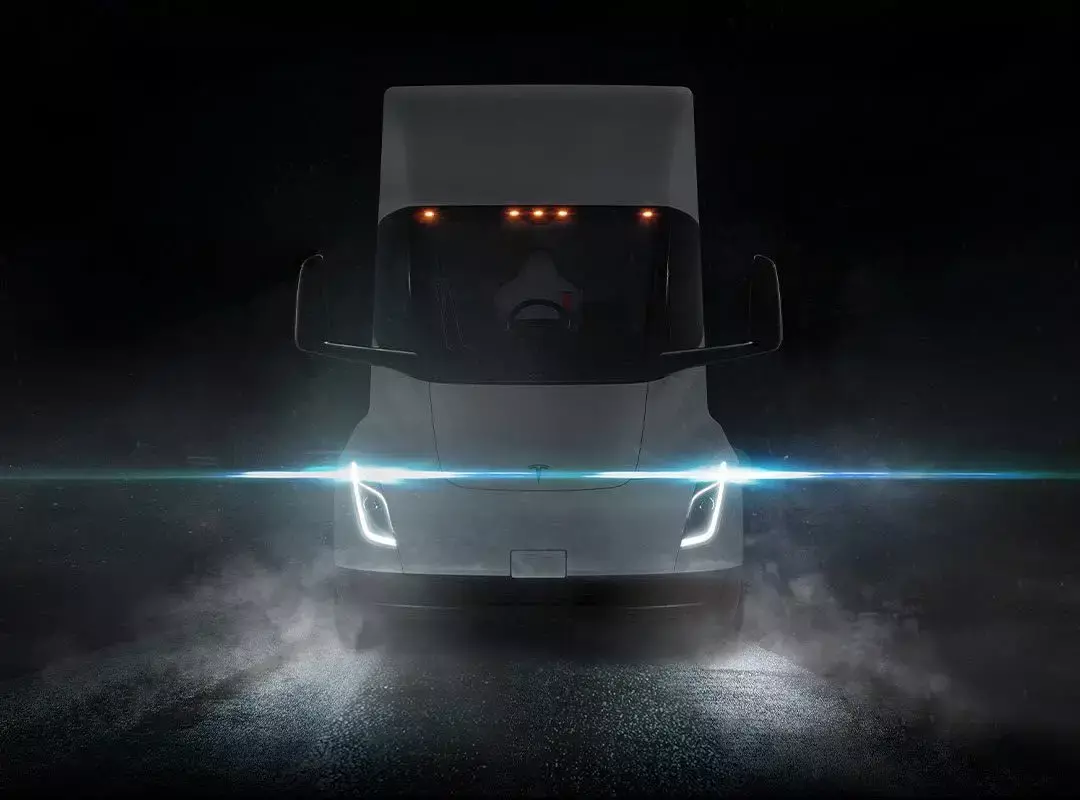A major change to Australian design rules promises to be a “game changer” for Australia’s shift to electric freight transport.
The new rule announced by the federal government will allow wider trucks on Australian roads, bringing the country in line with overseas markets and removing one of the key barriers to local uptake of heavy duty electric trucks, as most overseas-built models were just a few centimetres too wide to meet Australia’s previous standards.
“This Safer Freight Vehicles package responds to direct calls from industry to increase the width limit of trucks and follows extensive public consultation and feedback,” said federal assistant minister for infrastructure and transport Carol Brown.
“These changes will be a real game changer for industry, businesses and other road users, as they will save lives by adopting technology to reduce the likelihood of crashes, while also lowering freight costs and supporting better environmental outcomes.”
The change increases the overall width limit from 2.50 to 2.55 metres for new trucks, as long as they are fitted with safety features such as side guards and devices to limit blind spots.



How about a rail freight network that works?
Nope. Truck unions bribed hard enough for that not to happen.
This is a very common “fuck cars” solution but it’s not clear exactly what is envisaged.
Rail is currently used only for single commodities. In west aus for example grain is hauled from farms to bins in trucks, then bins to ports by rail. Obviously you can’t send trains to every paddock in every farm.
For mixed freight, a grocer 500km from Perth can order whatever at 5pm and have it arrive by trucj at 12pm, ready for it to be shelved ready for sale the next morning.
High speed freight rail just isn’t viable for WA given the low population density. Even if it were, I wonder at whether mixed freight in such short time frames is possible.
Yes I agree that a mixed method is best. However the current predominant method of road is unsustainable and dangerous. For instance, there is no excuse for an expanded east coast line not doing more to service various hubs which trucks can then the ‘final mile’ (yes I know; many 10’s of Ks) delivery.
deleted by creator
Yeah, I’m not trying to advocate for trucks but in the example I mentioned mixed freight just wouldn’t be competitive.
By truck, the journey of Warehouse > 500km > Shop can be achieved in 7 hours.
By train, warehouse to train would be 2 hours minimum, 500km would be 8 hours minimum, and train to shop would be 3 or four hours minimum. Basically there’s two additional unload & sort & load events in the train journey, and the train is slower. The ~12 hours outlined here is also the absolute best case - most places in West Aus just don’t have the requisite economy of scale.
I guess there must be solutions which just aren’t apparent because this method of freight isn’t common. Shipping containers would be helpful for example.
Unfortunately we don’t have a rail freight network that either works well or reaches every township in Australia, and until we do encouraging the switch from ICE road haulage to EV road haulage is the best way to reduce transport industry emissions.
For a lot of the more rural towns (or a least for the ones I know of) that do have rail connections, they are only accessible using diesel locomotives as there is no electricity network set up to power electric trains. So if we don’t want to introduce more emissions from rail freight we would have to electrify the whole rail network.
Realistically we should be building rail and allowing EV trucks to be more accessible, but Australia is a big place, building all that rail infrastructure will take time. A good stepping stone would be to build rail connections to regional urban centres and then have trucks distributing it to the surrounding towns, but even building that much rail will take time. And that’s just the construction. The amount of time it would take to secure the land corridors for the rail would be considerable alone. AEMO have been having a difficult enough time securing land rights to build transmissions networks across properties
Hydrogen (and battery) are both viable energy storage methods for heavy rail freight:
Yeah true I didn’t even think about batteries or hydrogen as diesel replacements for trains. The up to 6MWh of storage your article quotes for the short distance hauls sounds like a lot of storage, but I guess there is a considerable amount of surface area at the bottom of a locomotive that could be filled with batteries, and if each locomotive can’t hold enough storage to pull the load, you can just add another locomotive to the train to make up the difference.
the problem though is that the production of batteries produce pollution, and they have a set lifetime, unlike overhead wires.
No doubt, but steel production produces a lot of pollution as well. It will be interesting to see the progression of green steel manufacturing tech and battery tech vs one another over time, even hydrogen tech. Its a tough choice because at any point we could see a major breakthrough in one of them making all the others relatively less cost and environmentally sound options.
Sure, but diesel rail transport still produces vastly less pollution than road, not to mention the far cheaper cost per kg
I think it’s far more likely that any lobbying to stymie rail expansion is coming from toll road operators like Transurban.
Hey, would be interested to read up on that. Any online sources handy?
Apologies but no not offhand. I’m pretty sure I’ve seen a couple articles in the past. The Guardian I think.